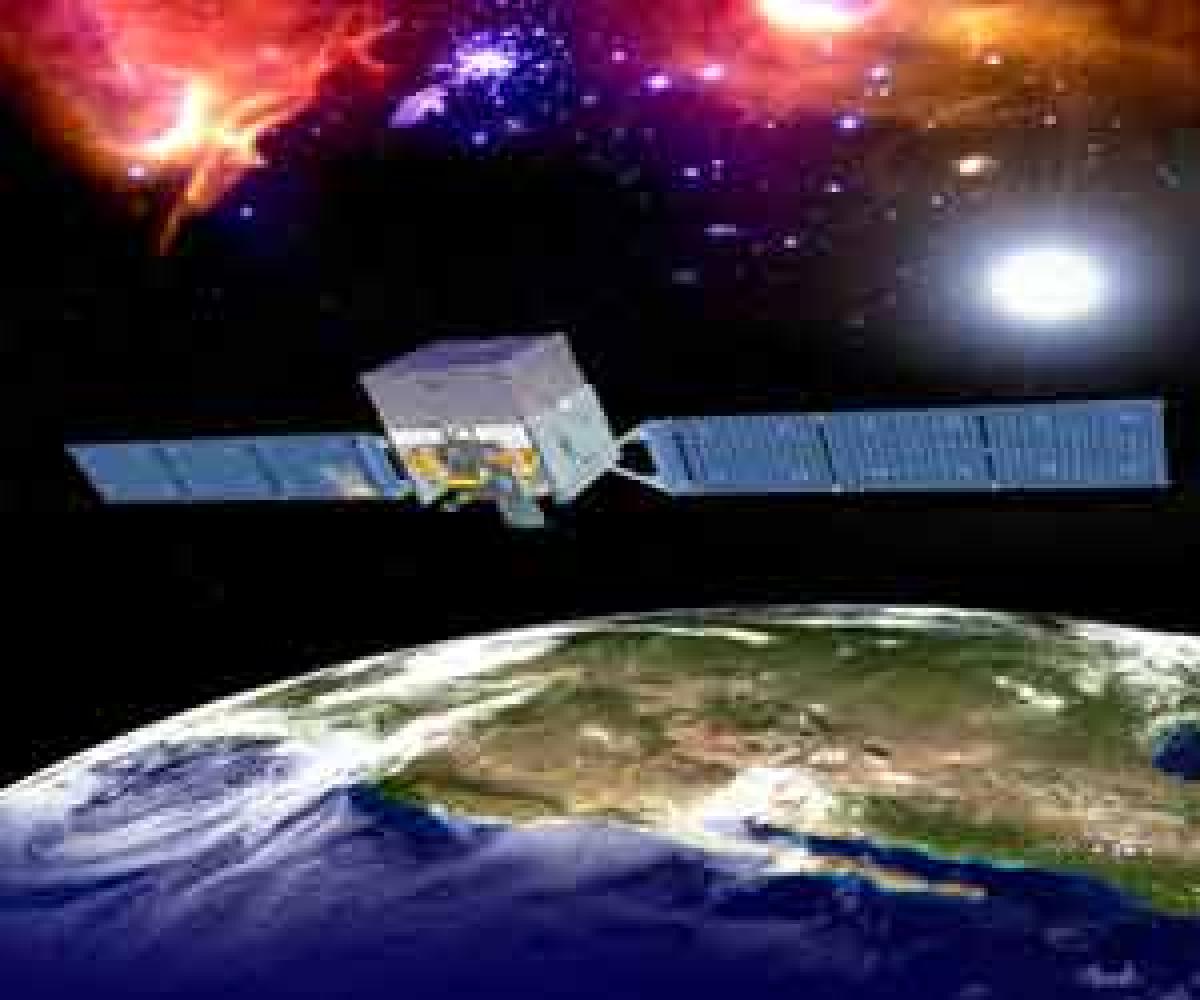NASA's Fermi Telescope set to spot gravitational wave sources

While the world celebrated the detection of gravitational waves in September last year, less than half a second later, the Gamma-ray Burst Monitor (GBM) on NASA\'s Fermi Gamma-ray Space Telescope picked up a brief, weak burst of high-energy light consistent with the same part of the sky.
Washington: While the world celebrated the detection of gravitational waves in September last year, less than half a second later, the Gamma-ray Burst Monitor (GBM) on NASA's Fermi Gamma-ray Space Telescope picked up a brief, weak burst of high-energy light consistent with the same part of the sky.
Analysis of this burst suggests just a 0.2-percent chance of simply being random coincidence. Gamma-rays arising from a black hole merger would be a landmark finding because black holes are expected to merge “cleanly,” without producing any sort of light, the researchers noted.
“This is a tantalising discovery with a low chance of being a false alarm but before we can start rewriting the textbooks, we will need to see more bursts associated with gravitational waves from black hole mergers,” said Valerie Connaughton, a GBM team member at the National Space, Science and Technology Center in Huntsville, Alabama.




















